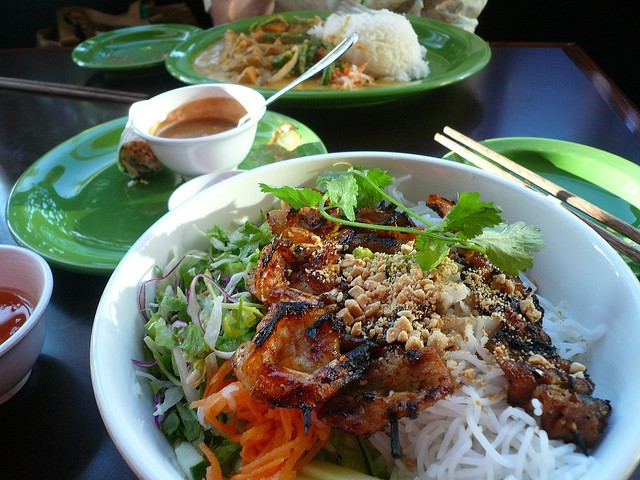
Maybe we're just overly sensitive because we live in a paradisiacal county where Vietnamese restaurants outnumber Chinese restaurants, where a bánh mì is easier to come by than a pastrami sandwich, where happy hour not only means cheap drinks but $2.99 phở. That doesn't stop people from making mistakes, though, so as part of our continuing series on how not to look like a schlemiel in various restaurants, here are five common mistakes people make with Vietnamese food.
]
5. Adding fish sauce to your phở.
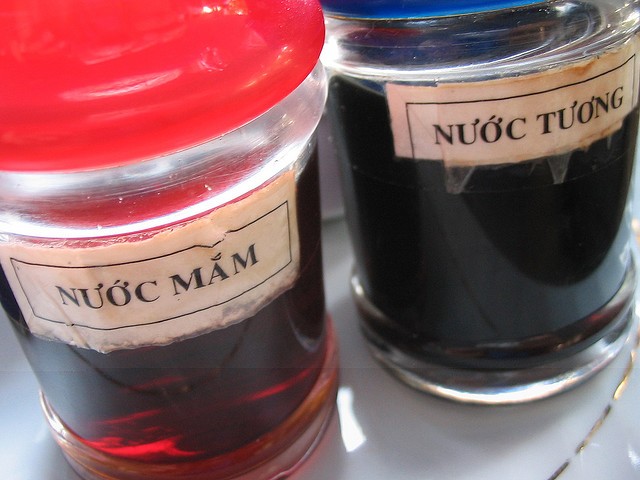
Every table in every
Vietnamese restaurant in America has a set of bottles on it. Pickled
chile paste, sriracha (“rooster”) sauce, and a mysterious and very, um,
fragrant cruet that contains fish sauce. Fish sauce is a wonderful thing
and adds a certain tang to most foods–but it does not belong in phở. It
will completely take over the phở and you will think you're eating
noodles swimming in a lake of krill.
4. Eating phở in a restaurant that doesn't specialize in it.
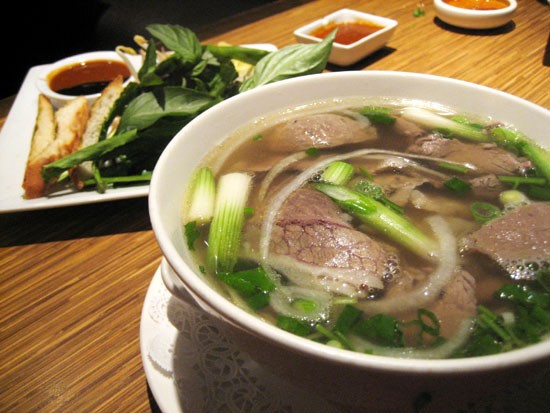
There's
so much more to Vietnamese food than beef noodle soup, yet it's common
to see people walk into a restaurant specializing in, say, Central
Vietnamese pounded-rice dishes (bánh bèo, mmmm…) and getting frustrated
that there's no phở. Phở is served in restaurants that specialize in it;
if it doesn't have “phở” in the name of the restaurant, chances are you
should look at the other tables and see what others are eating.
Otherwise, you risk looking like the guy who demands a hamburger at a
barbecue shack.
[
3. Confusing Chinese egg rolls and Vietnamese spring rolls.
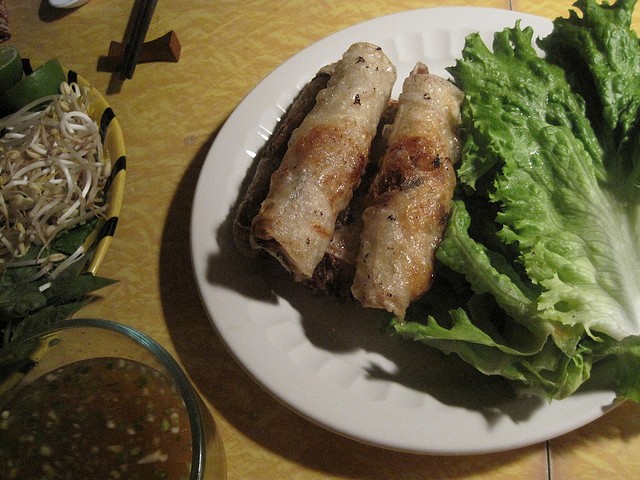
The gateway drug to Vietnamese food for those who've never had it must
be chả giò (the southern term) or nem rán (the northern term); they're
fat cigars stuffed with seasoned ground meat, often with black mushroom
and noodles, and then wrapped in a rice paper wrapper that crackles as
it fries. The result doesn't look–or taste–anything like the nasty,
slimy egg rolls you get with your Chinese takeout order. Wrap them up
with the lettuce and herbs provided, dip them in the salty-sweet-pungent nước chấm (dipping sauce), and try not to eat the whole order.
2. Complaining that it's not spicy enough.
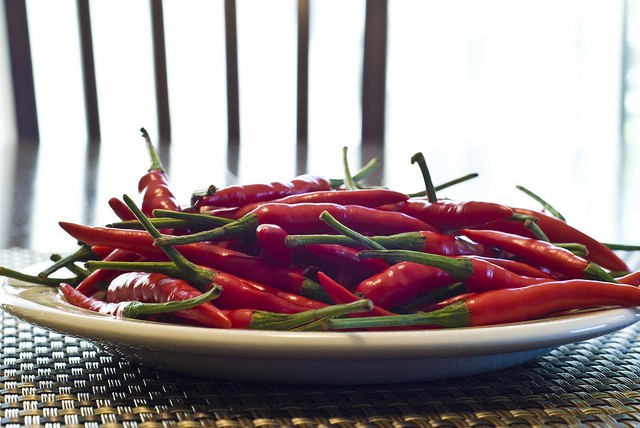
All Southeast Asian cuisines use chiles, but it's the Thais, not the
Vietnamese, who have fallen head-over-heels in love with capsaicin.
Vietnamese food tends to be less spicy and more herbal, though there
will normally be jars of various preparations of chiles on the table for
those who want to amp up the heat.
1. Eating your food as is.
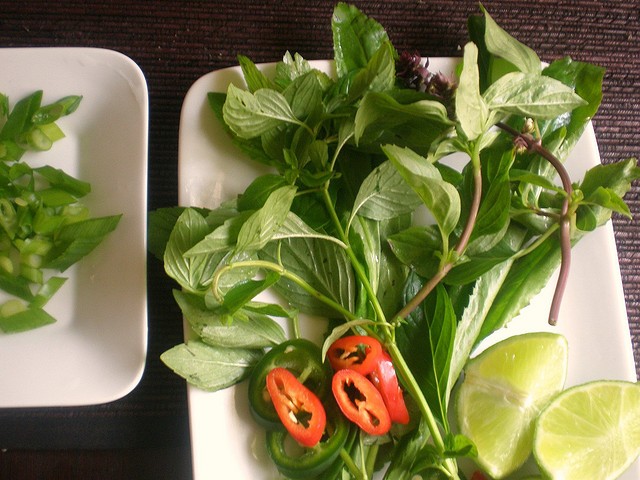
When the waiter sets down the food at the restaurant, take a look
around. Chances are the Americans grab the chopsticks or spoon and dive
right in. The Vietnamese, though, spend three or four minutes doctoring
their dishes with the herbs, chiles, bean sprouts, lime juice and other
accoutrements on the plate of “table salad.” The best part about
Vietnamese food is the ability to customize it to your own wants–but
eating it plain is missing the boat big-time.
Follow Stick a Fork In It on Twitter @ocweeklyfood or on Facebook!

